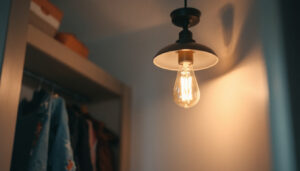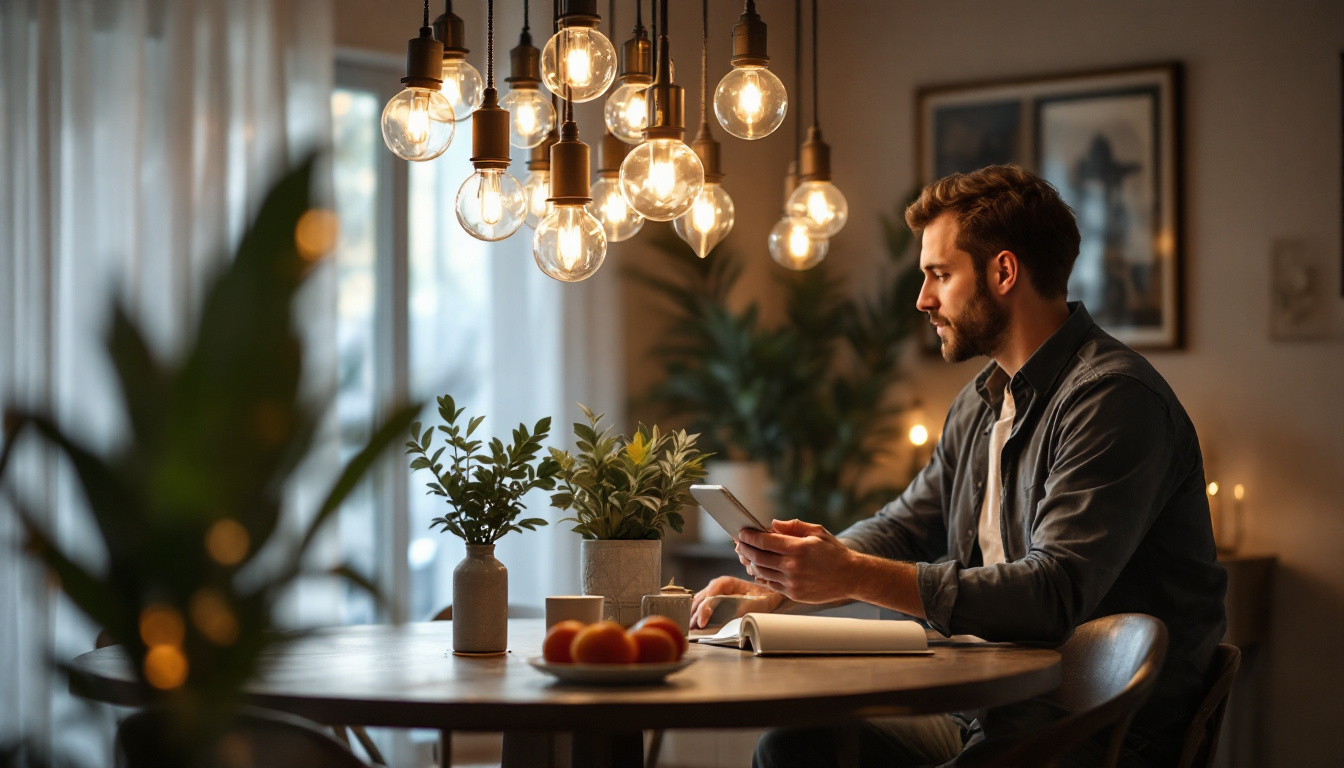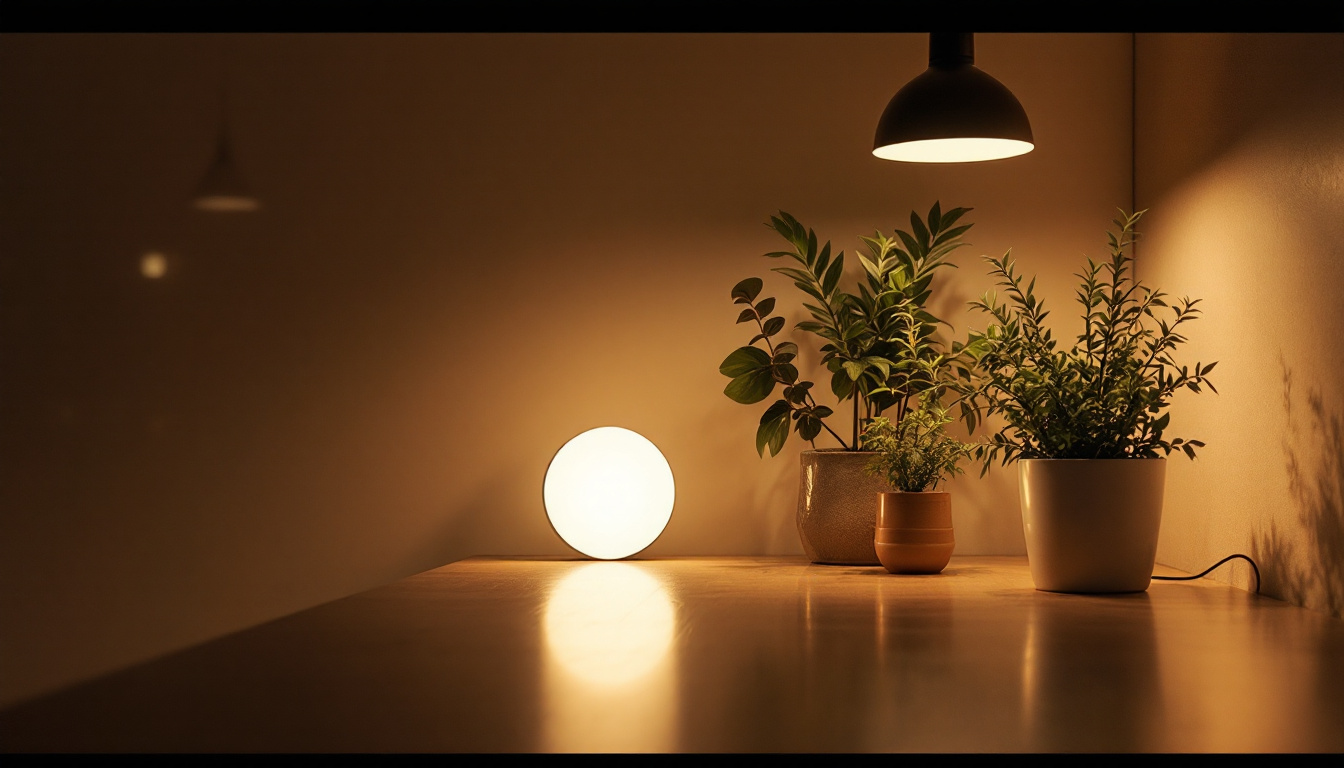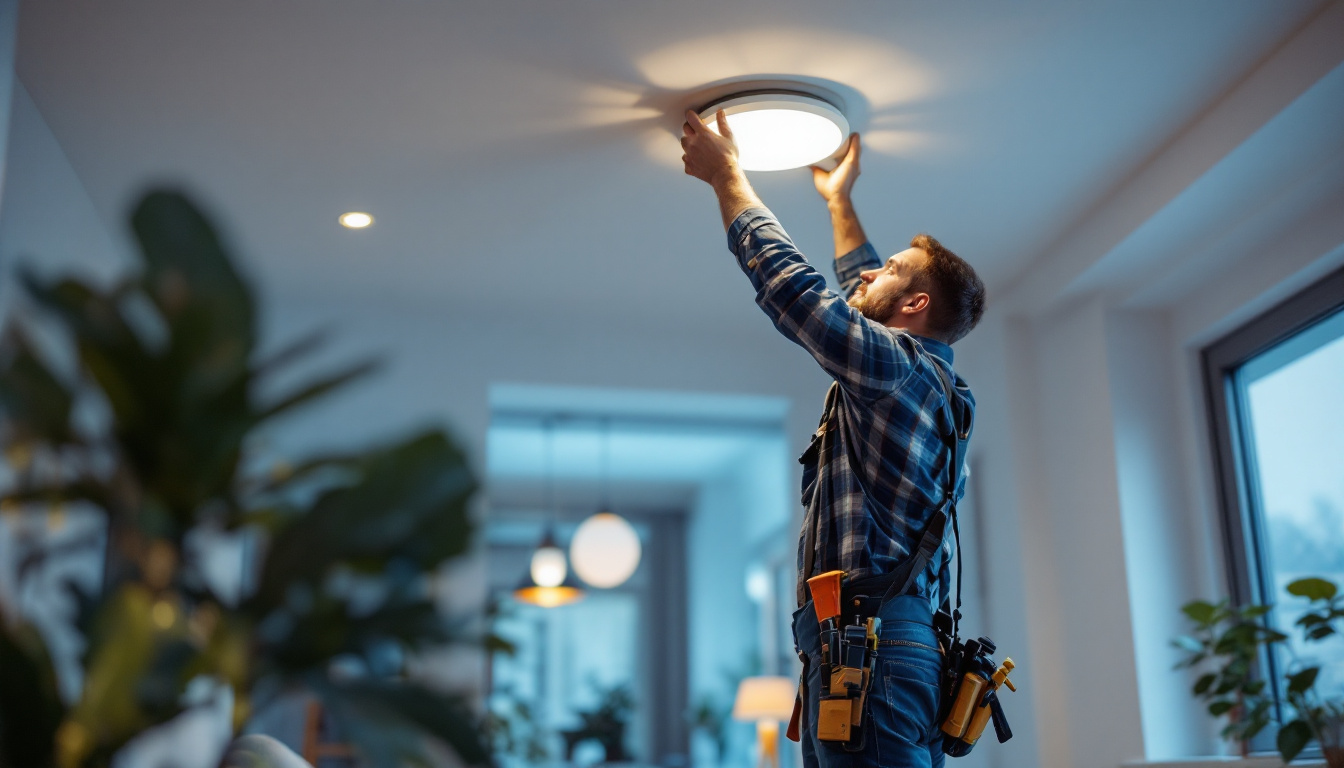

In the world of lighting design and installation, understanding light fixtures is essential for any lighting contractor. From residential to commercial projects, the choice of light fixtures can significantly impact both functionality and aesthetics. This article delves into the various aspects of light fixtures, providing valuable insights for lighting contractors looking to enhance their expertise and service offerings.
Light fixtures come in various types, each serving different purposes and environments. Familiarity with these types is crucial for lighting contractors to recommend the best solutions for their clients.
Ambient lighting fixtures are designed to provide general illumination to a space. They are essential for creating a comfortable and inviting atmosphere. Common examples include ceiling-mounted fixtures, chandeliers, and wall-mounted sconces. Understanding the appropriate placement and wattage for ambient lighting can help contractors create a well-lit environment that meets the needs of the space. Additionally, the choice of light bulbs—whether LED, incandescent, or fluorescent—can significantly influence the ambiance, energy efficiency, and longevity of the fixtures. The color temperature of the bulbs, measured in Kelvin, also plays a critical role; warmer tones can create a cozy feel, while cooler tones can enhance focus and alertness.
Task lighting fixtures focus on illuminating specific areas where activities such as reading, cooking, or working take place. These fixtures include desk lamps, under-cabinet lights, and pendant lights. When recommending task lighting, contractors should consider the intensity and color temperature of the light, as these factors can affect visibility and comfort during tasks. Moreover, the design of task lighting can vary widely, from sleek and modern styles that complement contemporary spaces to more traditional designs that add character to classic interiors. Adjustable fixtures, such as swing-arm lamps or dimmable options, can provide flexibility, allowing users to customize the lighting to their specific needs and preferences, thereby enhancing productivity and reducing eye strain.
Accent lighting is used to highlight specific features or objects within a space, such as artwork, architectural details, or plants. Track lighting, recessed lights, and wall washers are popular choices for accent lighting. Contractors should be mindful of the positioning and angle of these fixtures to create the desired focal points without overwhelming the overall lighting scheme. Additionally, the use of dimmers can enhance the effectiveness of accent lighting, allowing for adjustments based on the time of day or the mood desired. The strategic use of color gels or filters can also add a unique flair, providing a way to change the atmosphere dramatically and draw attention to particular elements in a room. This versatility makes accent lighting an invaluable tool in both residential and commercial design, enabling spaces to tell a story through light and shadow.
Choosing the right light fixture involves several considerations that can influence the effectiveness and appeal of the lighting design. Lighting contractors must keep these factors in mind when making recommendations to clients.
The intended use of a space significantly impacts the type of fixtures that should be installed. For instance, a kitchen may require bright, focused task lighting, while a living room might benefit from softer ambient lighting. Understanding the purpose of each room allows contractors to tailor their lighting solutions accordingly. Additionally, different activities within a space might necessitate adjustable lighting options. For example, a multipurpose room used for both work and relaxation may benefit from fixtures that can be dimmed or brightened as needed, providing flexibility for various tasks and moods.
The style of the light fixtures should complement the overall design of the space. Whether the setting is modern, traditional, or eclectic, there are fixtures available to match any aesthetic. Contractors should consider the materials, colors, and shapes of the fixtures to ensure they harmonize with the existing décor. Moreover, the scale of the fixtures is crucial; oversized chandeliers can serve as stunning focal points in grand dining rooms, while sleek, minimalist sconces might be ideal for narrow hallways. This balance of style and proportion can enhance the visual appeal of a room while ensuring that the lighting serves its intended purpose effectively.
With a growing emphasis on sustainability, energy-efficient lighting options are becoming increasingly popular. LED fixtures are a prime example, offering longevity and reduced energy consumption compared to traditional incandescent bulbs. Contractors should stay informed about the latest energy-efficient technologies and encourage clients to consider these options for both environmental and cost-saving benefits. Furthermore, integrating smart lighting systems can provide additional energy savings by allowing users to control their lighting remotely or set schedules, ensuring that lights are only used when needed. This not only contributes to lower utility bills but also promotes a more sustainable lifestyle, appealing to eco-conscious clients who prioritize reducing their carbon footprint.
Proper installation of light fixtures is crucial for safety, functionality, and aesthetics. Lighting contractors should adhere to best practices to ensure a successful installation process.
Before installing any light fixture, it is imperative to follow electrical safety protocols. This includes turning off power at the circuit breaker, using insulated tools, and ensuring that all wiring is up to code. Contractors should also be familiar with local electrical codes to avoid any legal issues. Additionally, it’s wise to use a voltage tester to confirm that the power is indeed off before beginning any work. This extra precaution can prevent accidents and ensure a safe working environment. Furthermore, using GFCI (Ground Fault Circuit Interrupter) outlets in areas prone to moisture, such as bathrooms and kitchens, can provide an added layer of safety against electrical shocks.
The height and placement of light fixtures can dramatically affect the lighting quality in a space. For instance, pendant lights should be hung at a height that allows for adequate clearance while providing effective illumination. Similarly, wall sconces should be positioned at eye level to create a balanced look. Contractors should take measurements and consider the dimensions of the space before installation. In larger rooms, it may be beneficial to layer lighting by combining ambient, task, and accent lights to create a more dynamic atmosphere. This approach not only enhances functionality but also contributes to the overall design aesthetic, allowing for different moods and activities to be accommodated within the same space.
After installation, it is essential to test the fixtures to ensure they function as intended. This includes checking for proper brightness, color temperature, and any flickering issues. Contractors should also be prepared to make adjustments to the positioning or type of bulbs used to achieve the desired lighting effect. It’s also advisable to consider the use of dimmer switches, which can provide flexibility in lighting levels and contribute to energy efficiency. By allowing users to control the intensity of the light, dimmers can enhance the ambiance of a room, making it suitable for various activities from reading to entertaining. Moreover, testing the fixtures in different scenarios, such as during the day and at night, can help in fine-tuning the setup to ensure optimal performance under varying conditions.
Regular maintenance of light fixtures is vital for ensuring their longevity and performance. Lighting contractors can offer valuable maintenance tips to clients, enhancing their service and building long-term relationships.
Dust and dirt can accumulate on light fixtures, diminishing their effectiveness and appearance. Contractors should advise clients on the best cleaning methods for different types of fixtures, such as using a soft cloth for glass fixtures or a damp cloth for metal finishes. Regular cleaning can help maintain the brightness and aesthetic appeal of the fixtures.
Over time, light bulbs will need to be replaced. Contractors should educate clients on recognizing when a bulb is nearing the end of its life and the importance of using the correct wattage and type of bulb for each fixture. Providing guidance on energy-efficient options can also encourage clients to make environmentally conscious choices.
Periodic inspections of the wiring and connections are essential for safety and functionality. Contractors can recommend that clients schedule regular check-ups to identify any potential issues, such as frayed wires or loose connections, which could pose safety hazards. Proactive maintenance can prevent costly repairs and ensure the longevity of the lighting system.
The lighting industry is constantly evolving, with new trends emerging that can influence the choices made by contractors and their clients. Staying updated on these trends can help contractors remain competitive and offer innovative solutions.
Smart lighting systems are gaining popularity, allowing users to control their lighting through mobile apps or voice commands. This technology offers convenience, energy savings, and customizable lighting scenarios. Contractors should familiarize themselves with the various smart lighting options available and how to integrate them into existing systems.
Minimalist designs are trending, emphasizing clean lines and simplicity. Contractors should consider offering fixtures that align with this aesthetic, as they can appeal to clients looking for modern and uncluttered spaces. These designs often use materials like metal and glass, which can enhance the overall look of a room.
Conversely, vintage and retro styles are making a comeback, with fixtures that evoke nostalgia and charm. Contractors can explore options that feature Edison bulbs, antique finishes, and unique shapes to cater to clients seeking a more traditional or eclectic feel. Understanding the balance between modern and vintage can help contractors meet diverse client preferences.
For lighting contractors, a thorough understanding of light fixtures is essential to delivering quality service and innovative solutions to clients. By familiarizing themselves with the different types of fixtures, key selection considerations, installation best practices, maintenance tips, and emerging trends, contractors can enhance their expertise and provide exceptional lighting designs.
As the lighting industry continues to evolve, staying informed and adaptable will be crucial for success. By prioritizing education and client relationships, lighting contractors can thrive in this dynamic field and contribute to creating beautifully illuminated spaces.
Ready to elevate your lighting projects with the highest quality fixtures at unbeatable prices? Look no further than LumenWholesale. Our spec-grade lighting selection is designed to meet the rigorous demands of any project, ensuring reliability and performance. Say goodbye to inflated markups and hello to hassle-free bulk buying with free shipping. Don’t compromise on quality or value—Wholesale Lighting at the Best Value is just a click away. Partner with LumenWholesale today and experience the perfect blend of quality, affordability, and convenience for all your lighting needs.

Discover the cost-effective strategies and expert insights from smart lighting contractors on replacing solar panels in lanterns.

Discover the essential guide to wafer lights and why they’re becoming a favorite among lighting contractors.

Discover the ultimate guide for lighting contractors on how to retrofit recessed lights with LED technology.

Discover essential insights into flat panel lights with our comprehensive guide tailored for lighting contractors.
Get notified when NEW deals are released.
Optimize your budget with wholesale discounts.
Only top-quality, specification-grade lighting products.
No additional costs at checkout - what you see is what you pay.
We understand the unique needs of contractors.